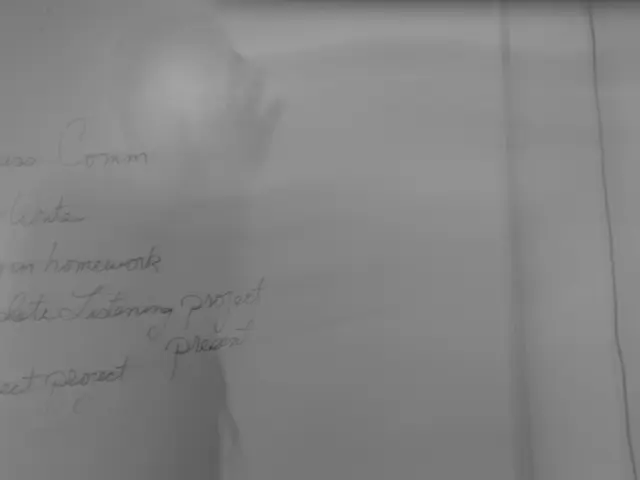Navigating Digital Deception: Your Guide to Avoiding Misinformation
- *
Strategies for Shielding Yourself Against False Information - Strategies for Safeguarding against False Information
In the thick of a recent political season, a convincing video sparked controversy. It seemed to show election ballots being dishonestly discarded, complete with angry remarks about election fraud. But it wasn't long before this video, spreading like wildfire on social media, was exposed as a slick fabrication from the dark corners of a Russian disinformation campaign.
In today's era, misleading content - once limited to sensational headlines or manipulated images - now thrives thanks to technological advancements, particularly in the realm of generative artificial intelligence. Deepfakes - lifelike but deceptive audio or video recordings - make it increasingly difficult to separate truth from fiction.
Social media remain the main culprits, amplifying questionable content through algorithmic recommendations. As "The Standard" sheds light in a review of digital deception methods, disinformation campaigns are employing sophisticated visual and emotional tactics to sew doubt and blur facts.
Transparent Sources: The Cornerstone of Reliability
Source transparency is crucial when assessing credibility. Legitimate media outlets present clear editorial policies, name responsible editors, and can be associated with a code of journalistic ethics. Sites where the publisher remains hidden, or where content is published without review from professional journalists, carry a higher risk of misinformation.
The Bavarian State Ministry of Education and Culture advocates, within its media education initiatives, the importance of scrutinizing each information source for institutional trustworthiness and editorial oversight.
Language Clues: Unveiling Deception by Spotting Patterns
Often, a piece's language and content offer hints of potential deception. Characteristic stylistic devices of fake news include inflammatory language, deliberate provocation, and recurring statements or generalizations. Phrases like "censored truth," "silenced voices," or "what the media won't say" are commonly employed to sow discord with established information sources. According to Mimikama, a platform specializing in exposing digital falsehoods, these patterns are designed to emotionally captivate readers while discouraging critical thinking.
Examining Images and Video: A Closer Look Reveals Truth
Beyond textual content, visual elements deserve particular scrutiny. Images and videos can be easily manipulated and are powerful tools. Tools like reverse image search, such as through Google Images or TinEye, can help trace image sources and confirm whether the image originated from its claimed context or was misused.
Tools such as FotoForensics scrutinize the digital structure of images and pinpoint modifications, like the removal of image portions or the addition of new elements. Even a basic analysis of image metadata can offer insights into whether an image is authentic or tampered with.
Controversial or questionable content should be verified by independent fact-checking portals. Platforms like Correctiv, the Faktenfinder of ARD, or Mimikama subject viral claims to systematic analysis and open documentation of their methodological approach. Their methods rely on source comparison, expert assessments, and open research databases.
Identifying genuine from misleading information is a collective responsibility, not just an individual one. Research, such as PISA, suggests that about half of all young people struggle to discern reputable from dubious news sources. This highlights the need for more robust media criticism and digital discernment in education.
- Deepfakes
- Misinformation
- Media Literacy
- Fact-checking
- Algorithmic Recommendations
- Data Protection
- Media Education
- Digital Deception Methods
- Media Criticism
- Disinformation Campaigns
The community policy for social media platforms should be updated to address the growing problem of deepfakes and misinformation. The policy should emphasize transparency, fact-checking, and the importance of verifying sources, especially for content recommended by algorithms.
In the education sector, media literacy should be integrated into curriculums to equip students with the skills necessary to identify potential digital deception, such as recognizing inflammatory language or examining image metadata. This will empower young individuals to make informed decisions and maintain a healthy dialogue within their communities.








